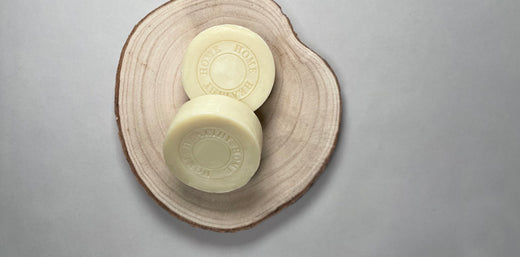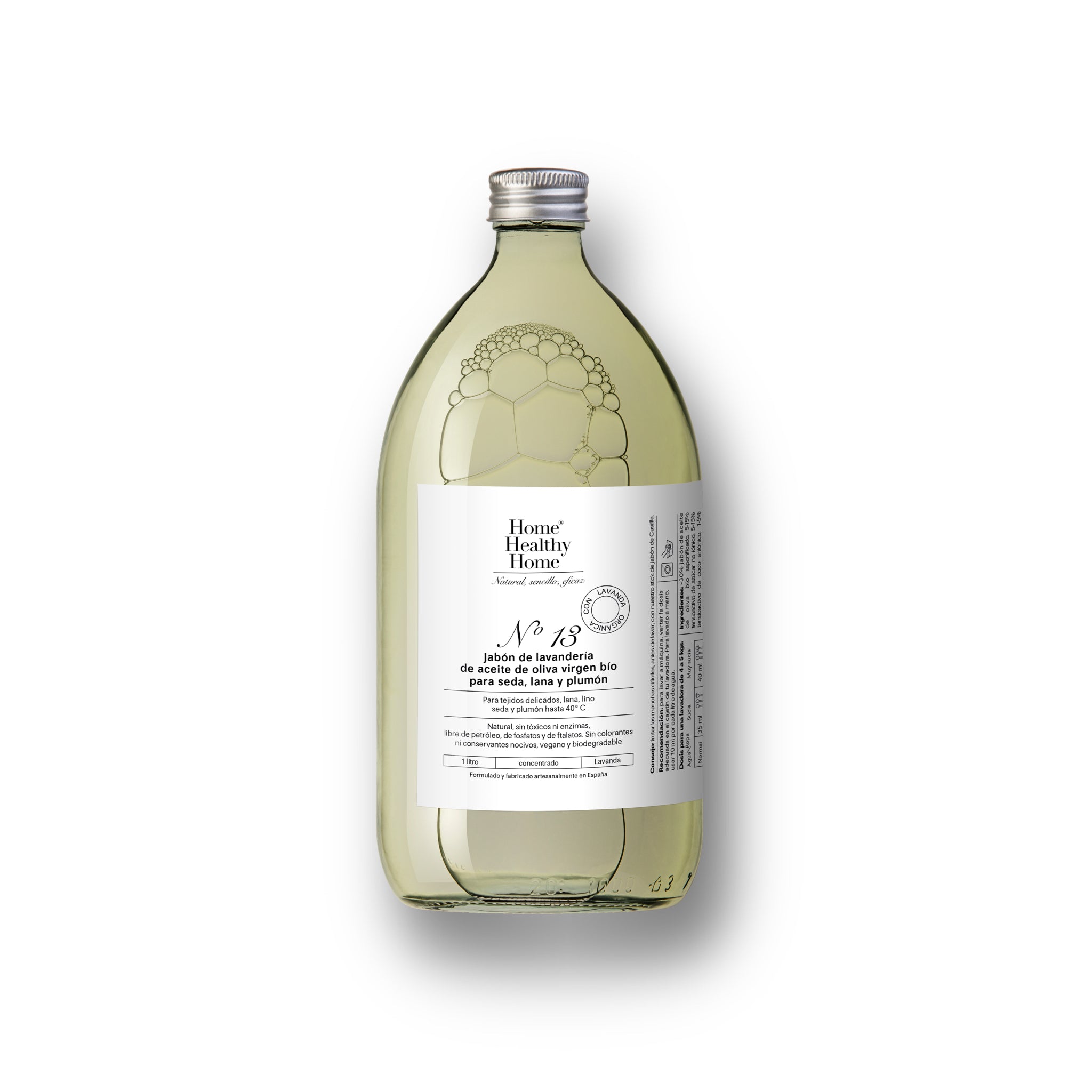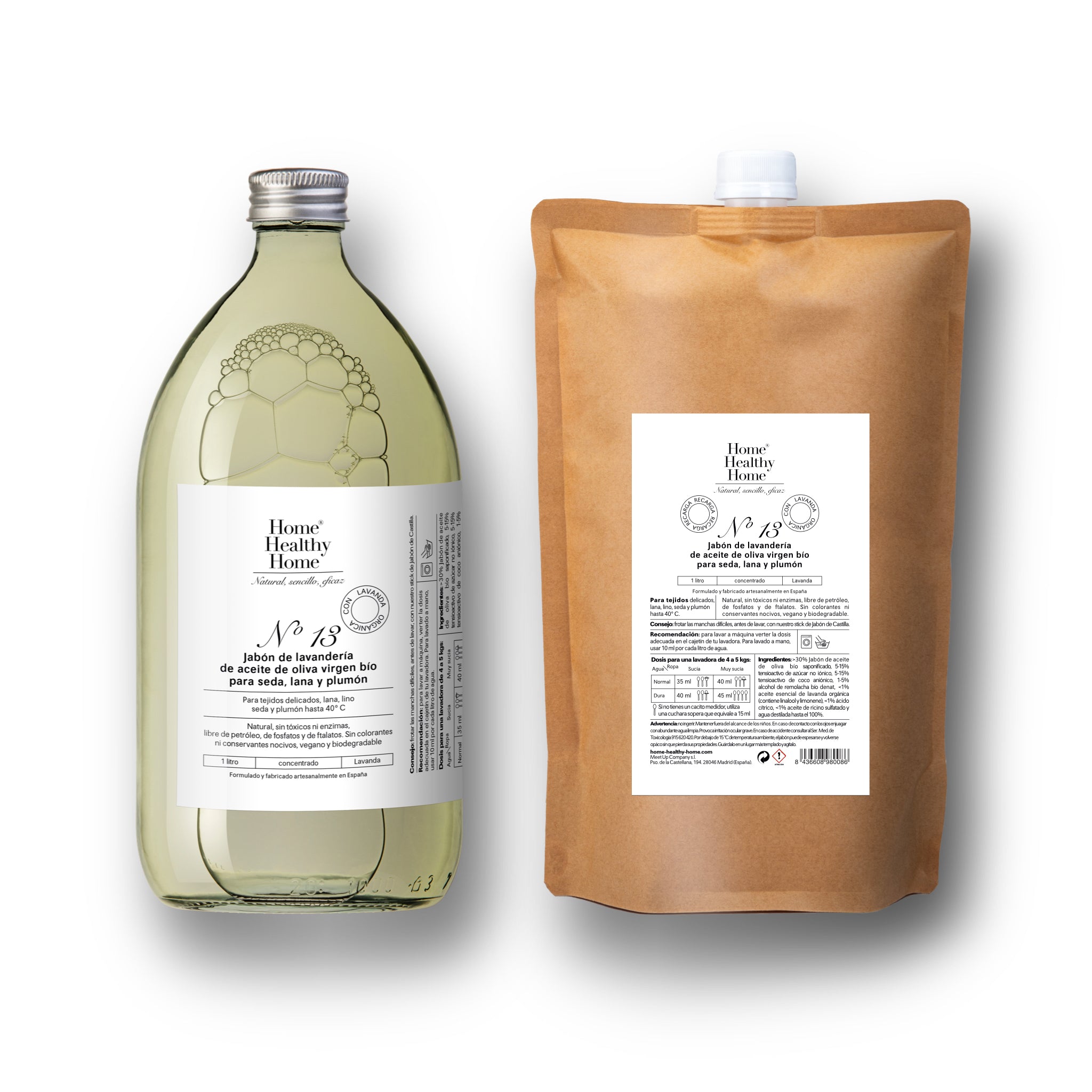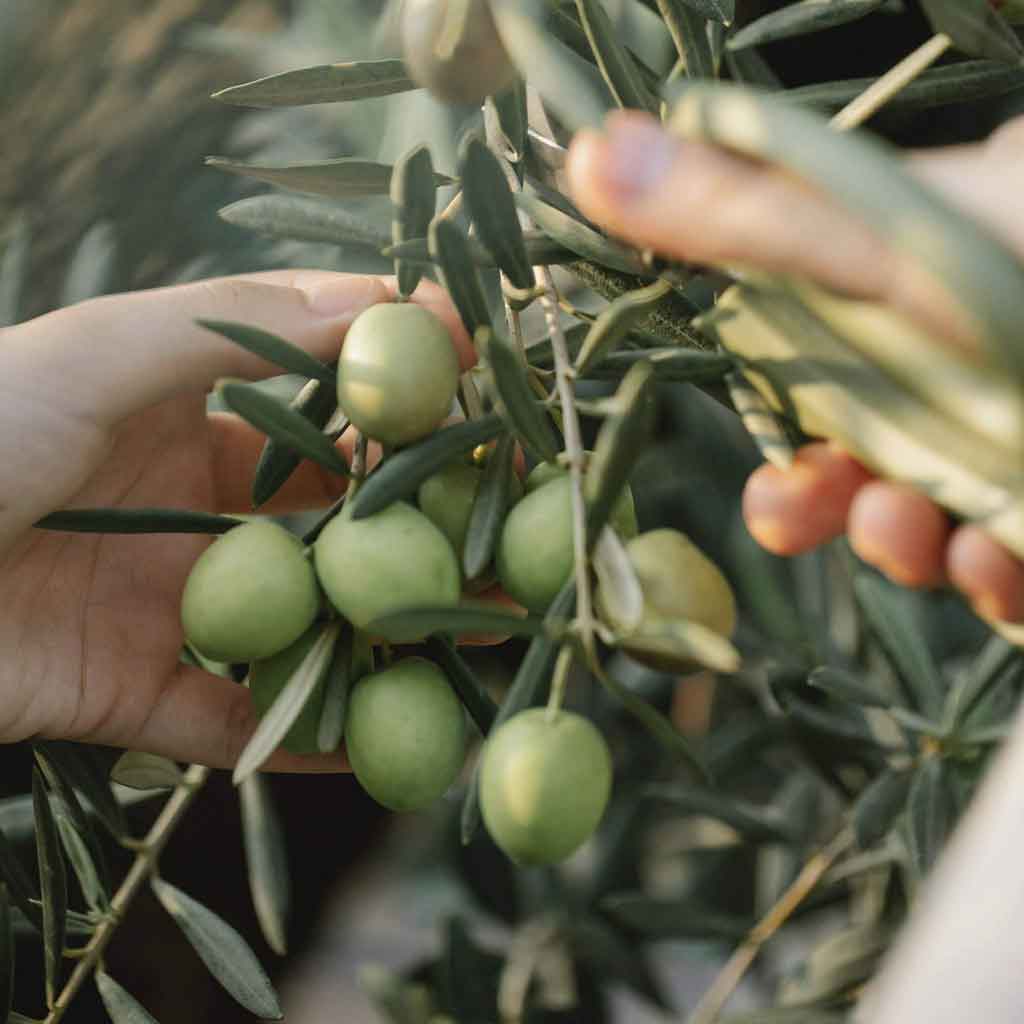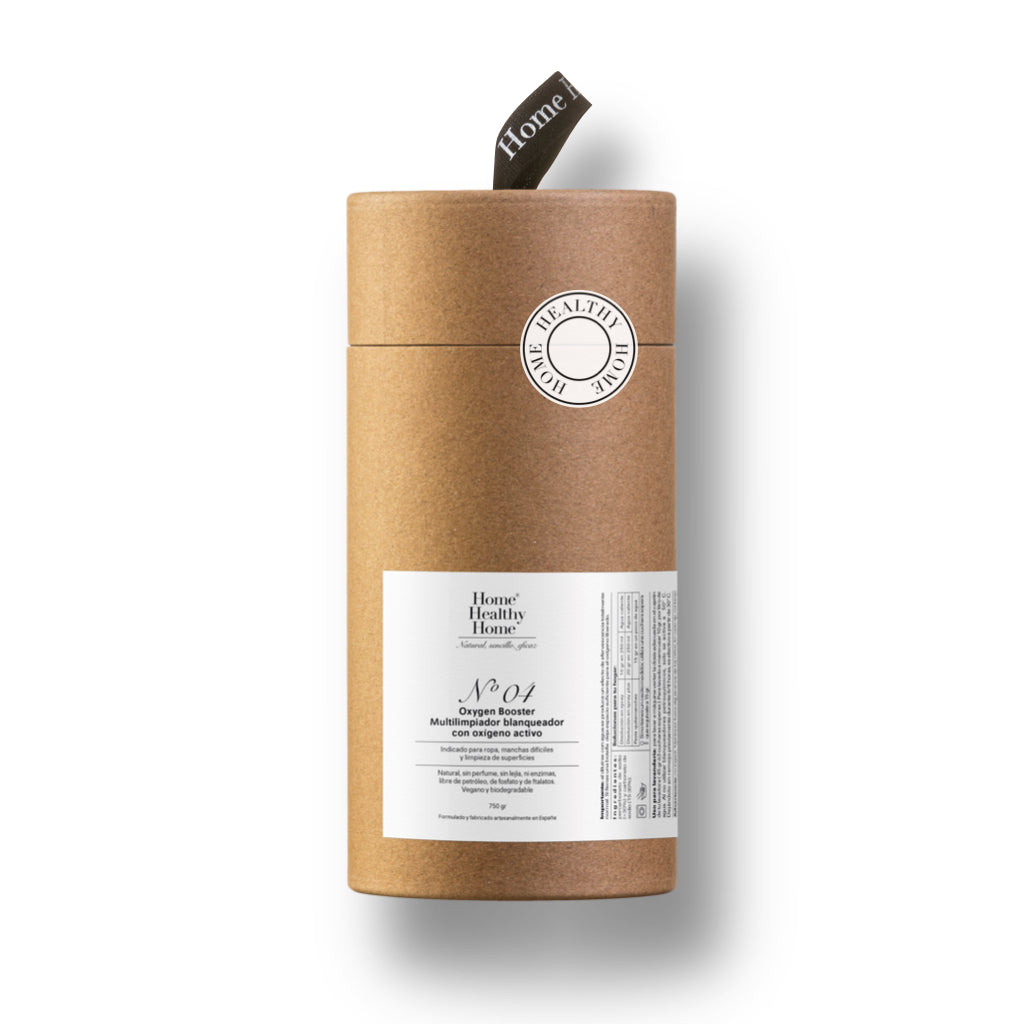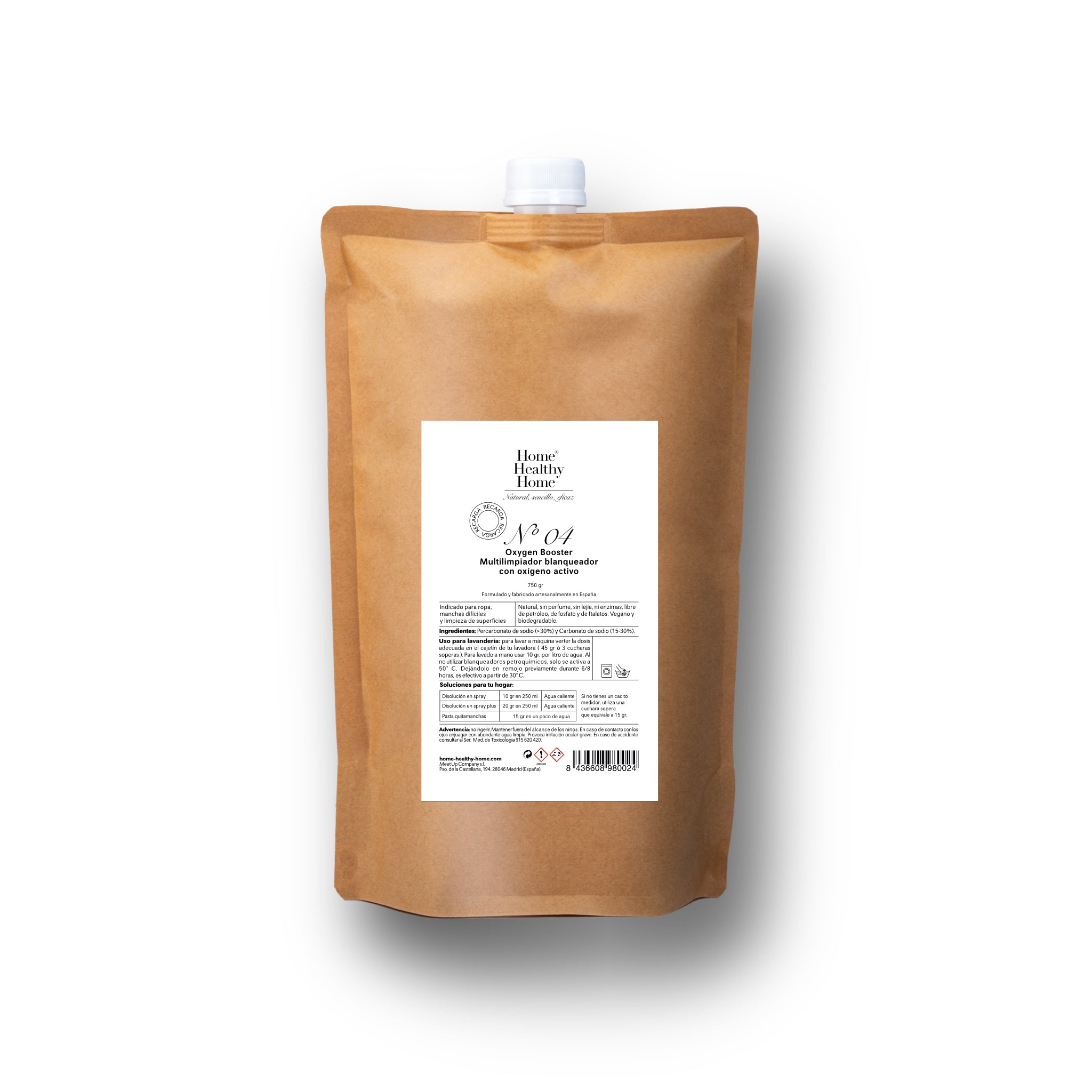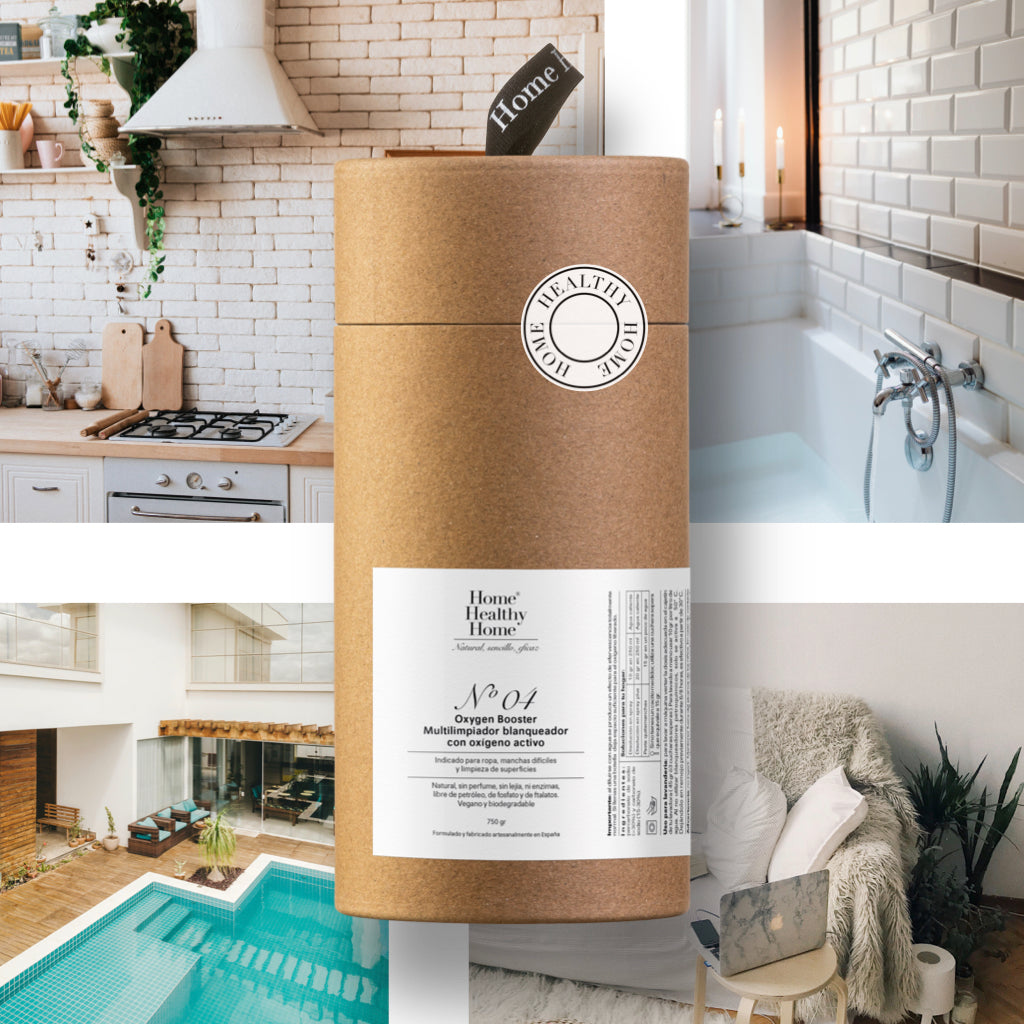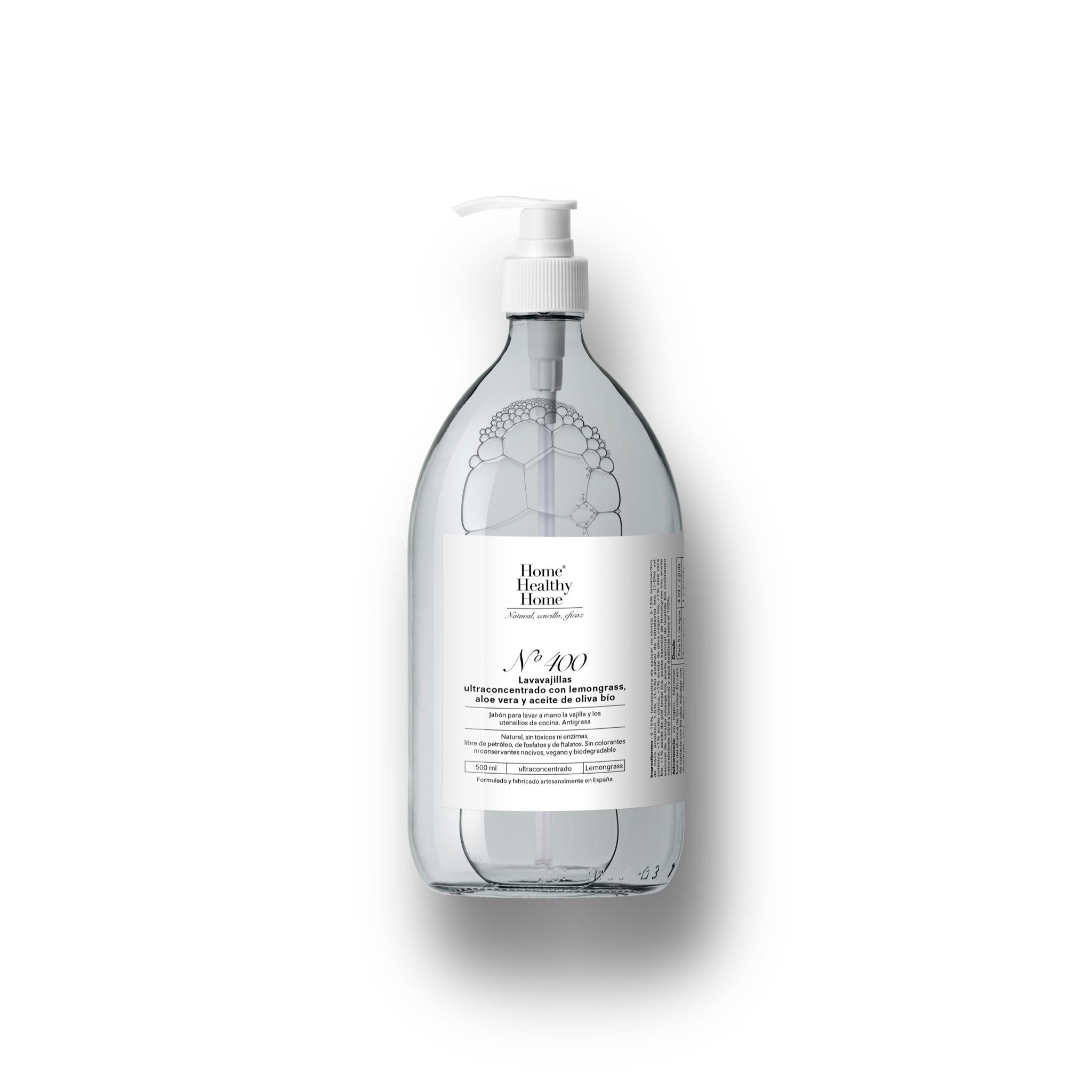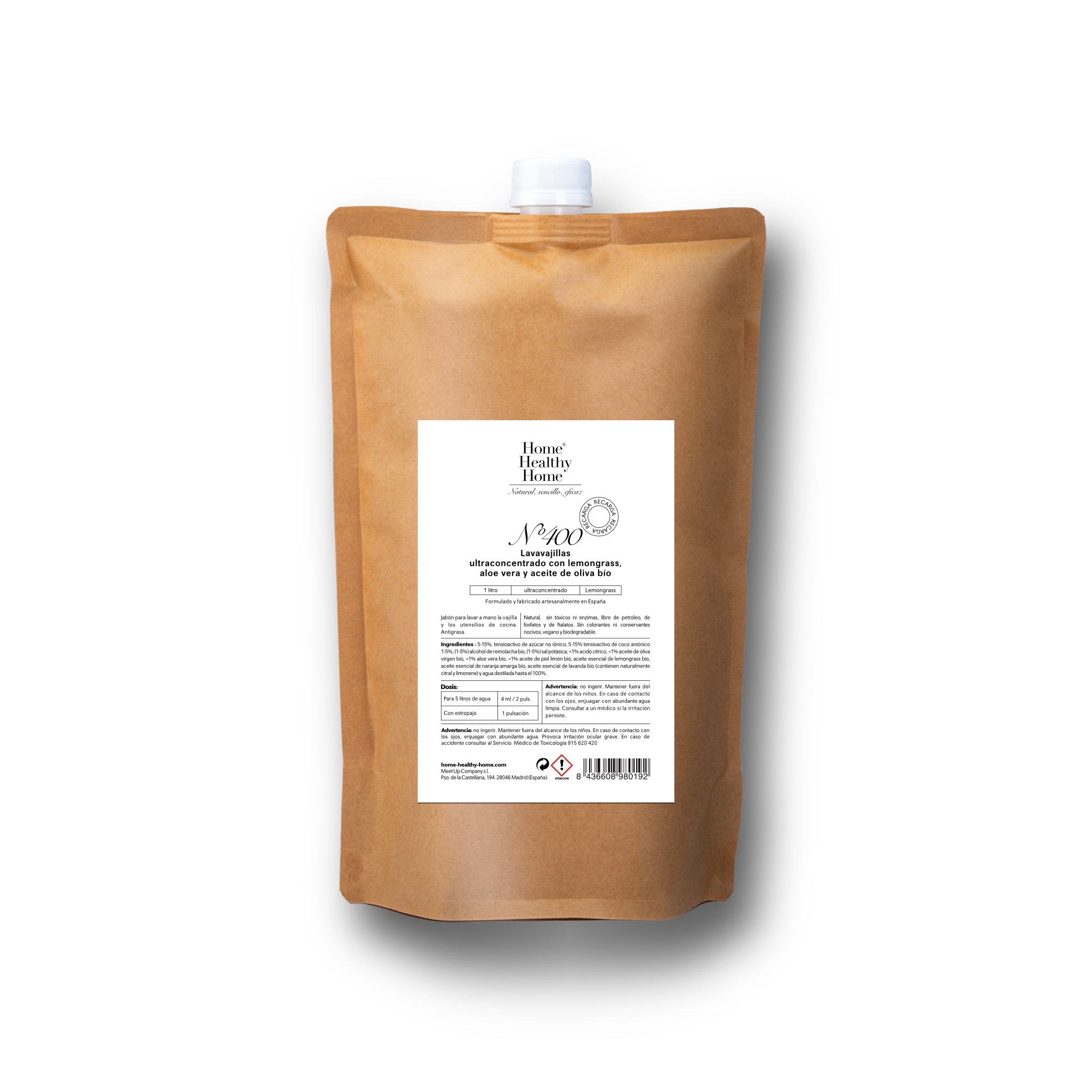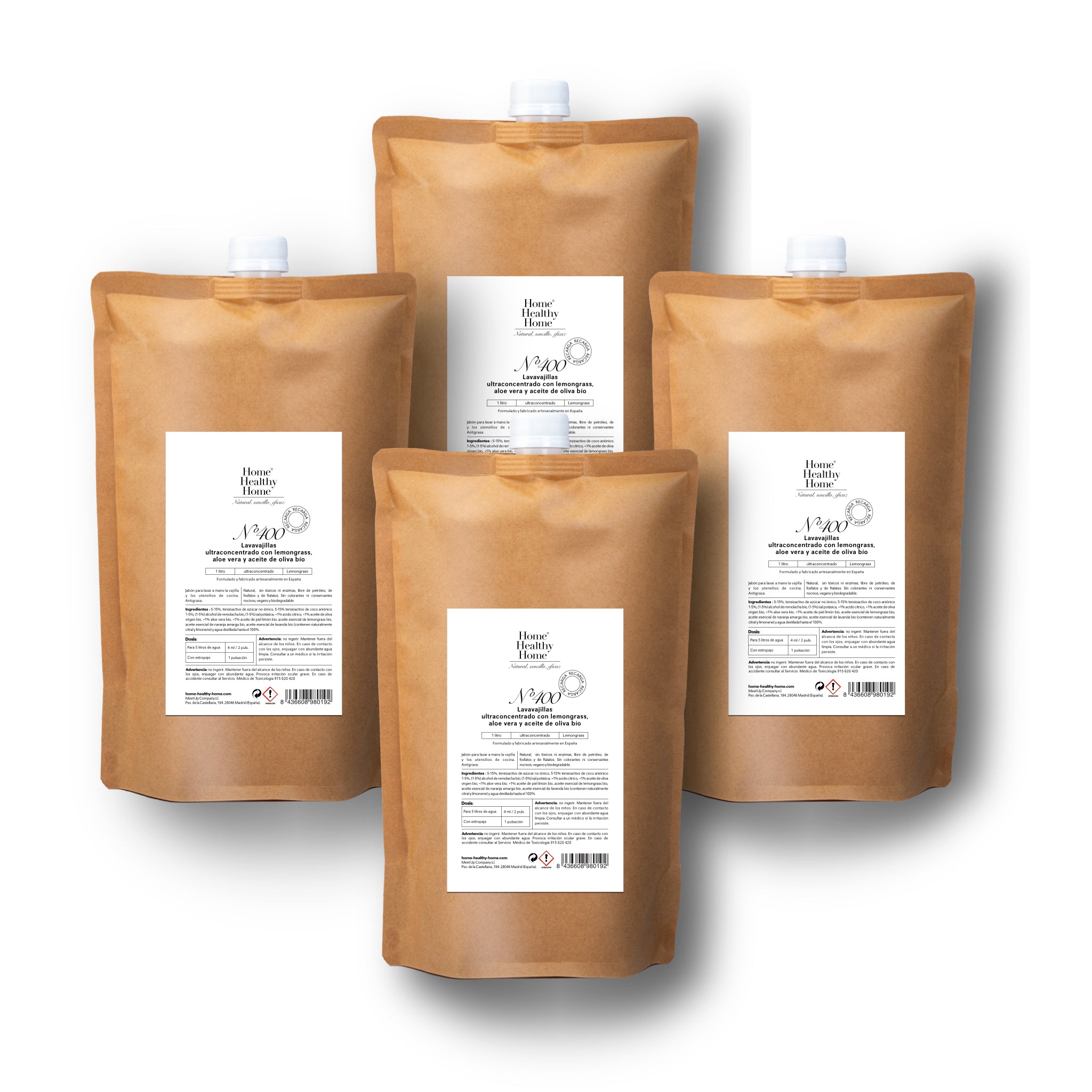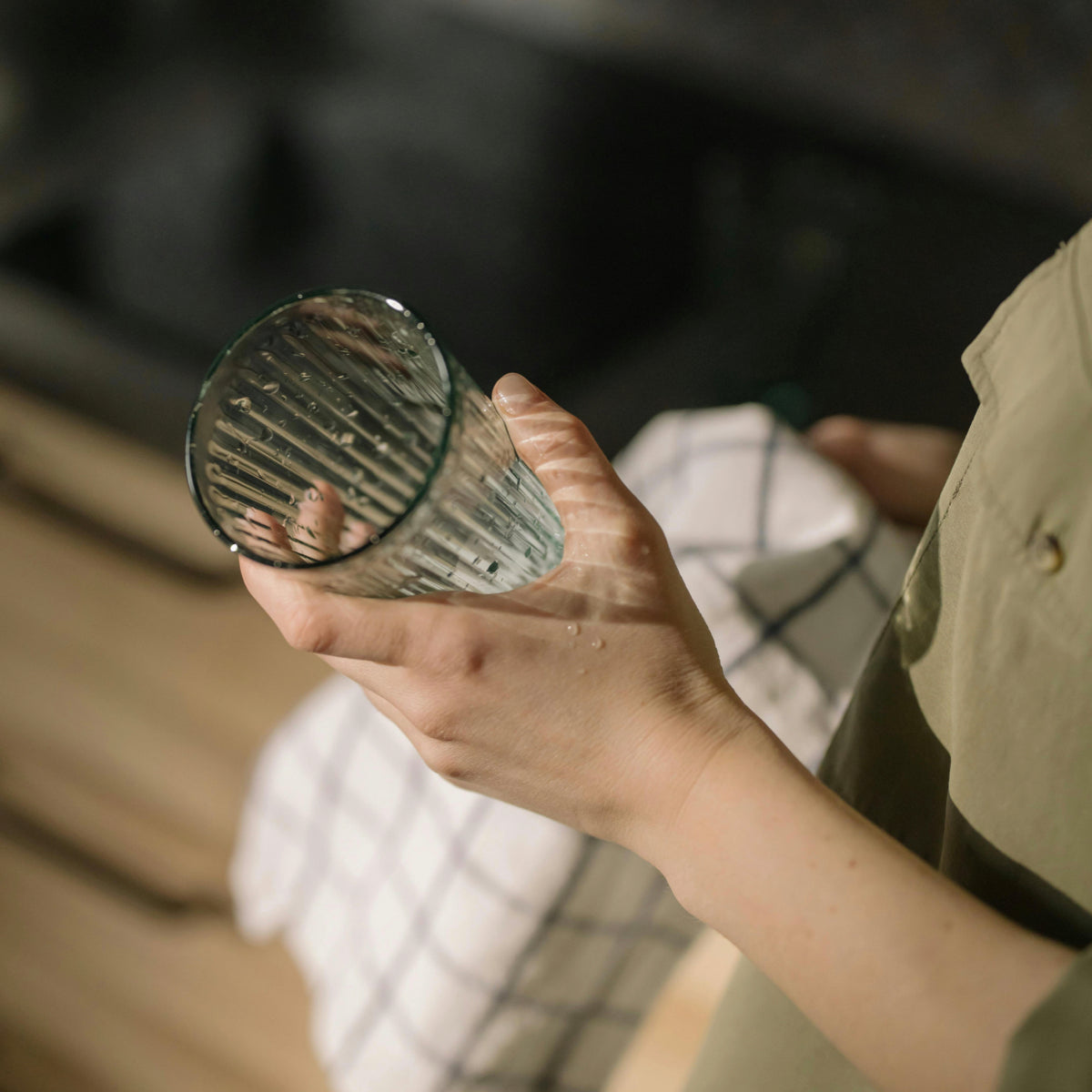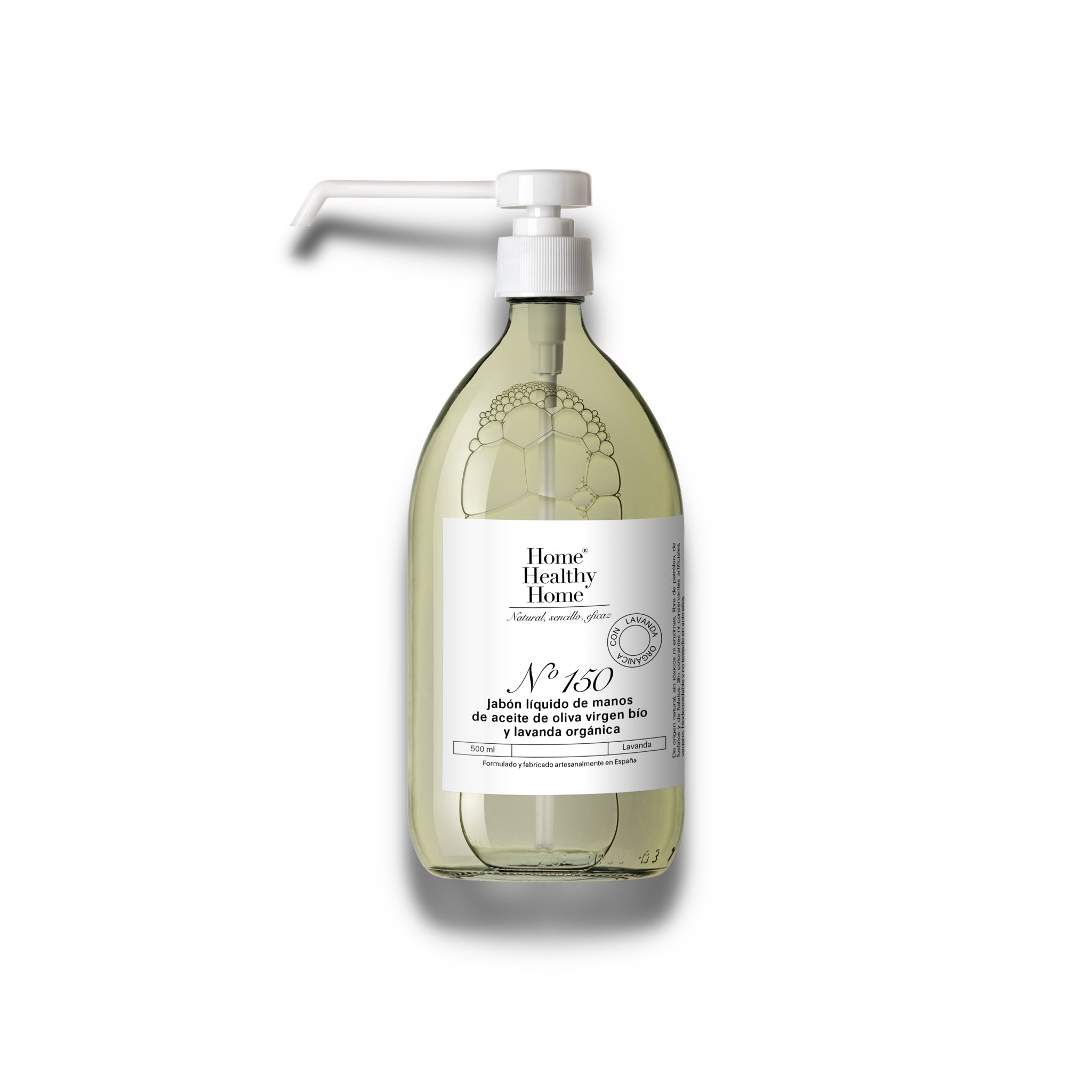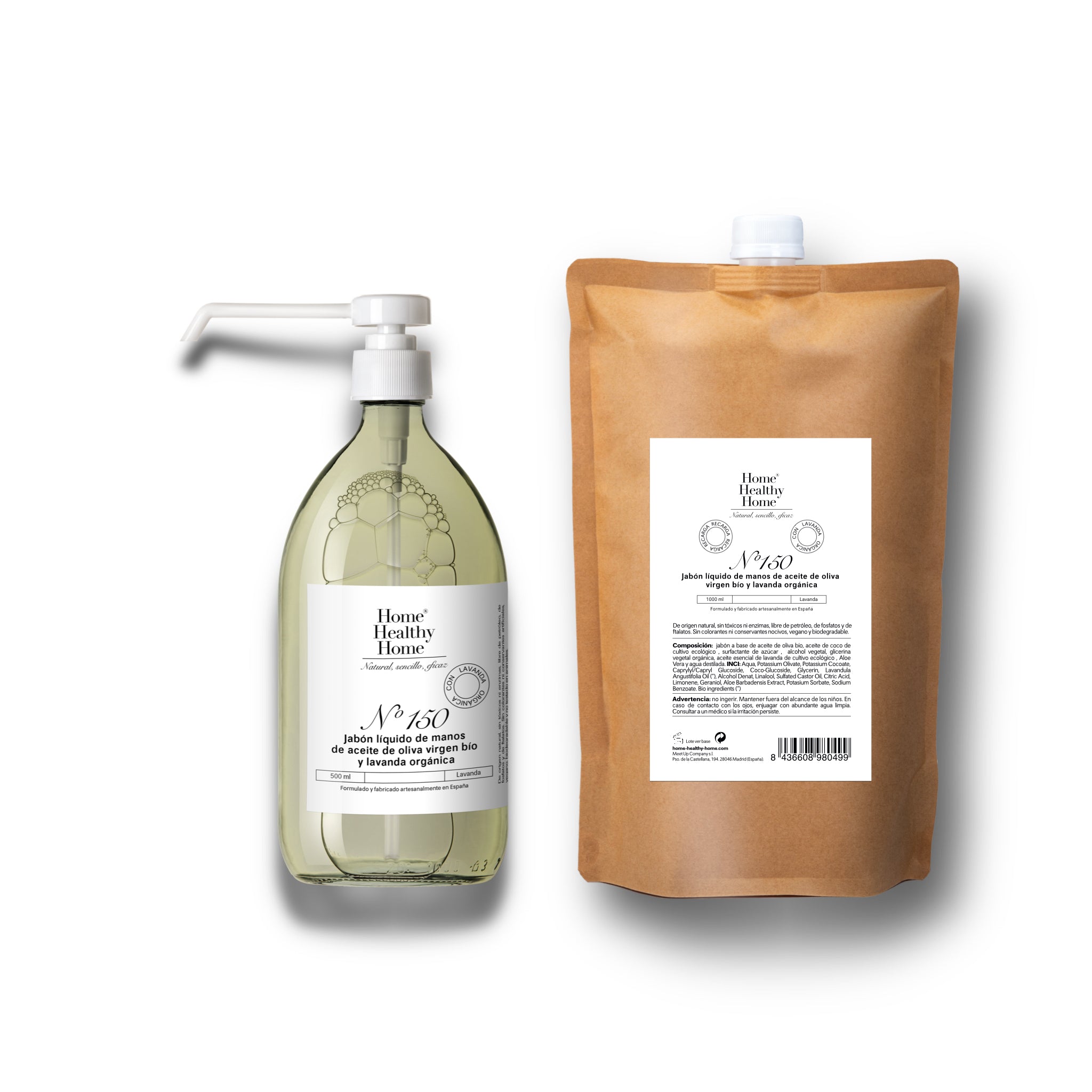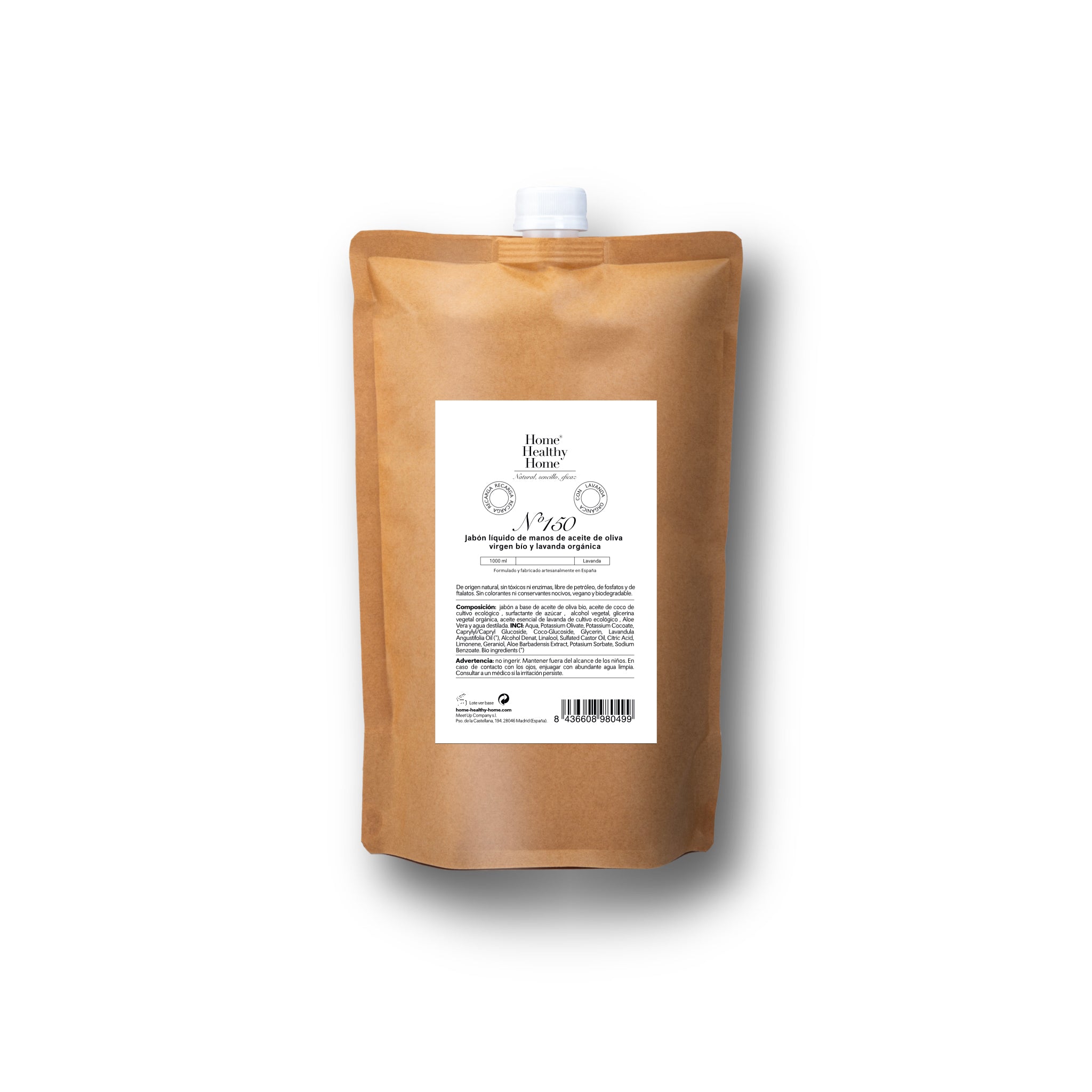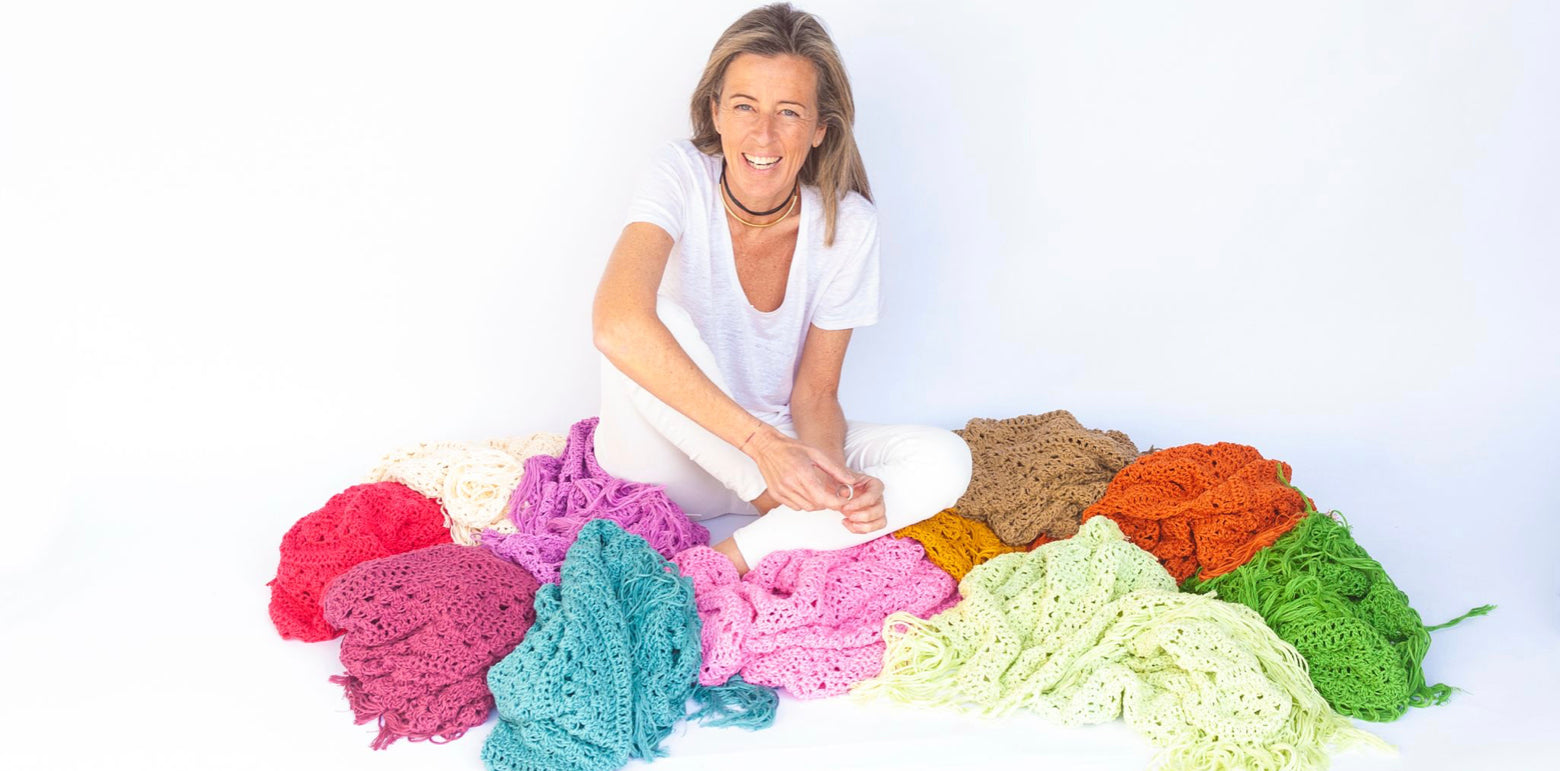Deciphering cold saponification: the art and benefits of natural, sustainable soap.
What is saponification?
Since ancient times, soap has been an essential companion to humanity. Despite the centuries, the basic recipe for creating soap remains unchanged: a mixture of fatty substances and an alkaline, usually sodium hydroxide (NaOH) , better known as "soda." This chemical reaction between both substances is what we call saponification , a process that results in soap and glycerin . Depending on preferences or the purpose, the fatty substances used may vary and may be vegetable or animal oils or fats . This procedure can be carried out using two different methods: hot saponification and cold saponification .
What is hot saponification?
Prevalent in the cosmetics industry , hot saponification involves heating fats and lye . Usually, when using this method, an excess of lye is added to ensure that all the fats present are transformed into soap . This mixture is then heated for several hours, even days, thus accelerating saponification and enabling industrial production .
The result, known as " soap paste ," is rinsed with plenty of water to remove any lye residue, resulting in a non-corrosive product that is poured into molds. Once cooled, they are cut into bars for use.
Notable examples of hot-saponified soaps are Marseille soap (based on vegetable oils) or Aleppo soap (based on bay oil). Their popularity is due to their cleaning effectiveness , affordable price, and durability. However, depending on the fats or oils used, which are not always controlled, these can be harsh on the skin and environmentally unfriendly. Furthermore, their production method consumes a considerable amount of energy .
What is cold saponification?
The cold saponification method also involves mixing fats and soda, but in this case, without applying heat. Unlike the hot process, in cold saponification, excess oil is added to the mixture to ensure that all the soda reacts, thus achieving complete saponification .
This process involves letting the mixture rest in special wooden molds for 24 to 48 hours . During this time, the first phase of saponification begins, which naturally warms the mixture. After this time, the soap is removed from the mold, cut into bars, and left to dry for 4 to 5 weeks. During this drying phase, the water evaporates and saponification is complete. This ensures that no soda residue remains.
Cold saponification is a more artisanal and slower process, due to the curing period required to achieve a complete reaction. This is the method we use at Home Healthy Home to make all our natural soaps , which cover a wide range of products, from cosmetics to household cleaning products to laundry products.

What are the advantages of cold saponified soap?
When understanding what cold saponification is , it's important to highlight why we at Home Healthy Home have decided to adopt this method over hot saponification. Cold saponification offers several advantages that make it the optimal choice for creating our natural soaps :
- Preservation of the properties of oils
In the hot saponification method , fats and oils are heated to high temperatures, which can alter and degrade some of the beneficial properties of these oils, especially those sensitive to heat, such as polyphenols and vitamins (1) . In contrast, cold saponification is performed at room temperature, preventing the loss of these beneficial compounds, and resulting in a soap with superior moisturizing and nourishing properties for the skin .
- Reduced environmental impact
Cold saponification is a low-energy soap production method . Since heat is not required, energy consumption is significantly lower than with the hot saponification method (2). At Home Healthy Home , we are committed to sustainability and environmental friendliness , and this production method, aligned with these values, allows us to minimize our carbon footprint .
- Generation of natural glycerin
Saponification , whether hot or cold, produces glycerin as a byproduct. Glycerin is a natural humectant that draws moisture to the skin, keeping it hydrated (3). In the hot method, glycerin is sometimes removed and sold separately, but in cold saponification , all the generated glycerin remains in the soap, improving its quality and properties .
- Absolute control over the ingredients
Cold saponification allows us to have complete control over the ingredients used in the production of our soaps. Since it doesn't require heat, we can use more sensitive ingredients, which could be altered or degraded at high temperatures, allowing for greater customization and quality control.
- Authenticity and tradition
Cold saponification allows us to have complete control over the ingredients used in the production of our soaps. Since it doesn't require heat, we can use more sensitive ingredients, which could be altered or degraded at high temperatures, allowing for greater customization and quality control .
Choosing a cold-process saponified soap means choosing a quality product that is respectful of our skin and the environment.

Why did we choose cold saponification?
At Home Healthy Home , our commitment to quality and respect for the environment has led us to opt for cold saponification for the creation of all our soaps.
Our wide range of products, from cosmetic soaps and household cleaning products to laundry soaps , is composed of meticulously selected raw materials, all of natural and organic origin . We refrain from using palm oil, mindful of the environmental concerns associated with its production.
Our commitment to excellence is reflected in our choice of ingredients: we use 100% organic virgin olive oil of Spanish origin for all our products. Thanks to cold saponification , we preserve the beneficial properties of this oil, resulting in products that not only clean effectively but also care for and protect our skin, the surfaces in our homes, and the delicate items on our clothing.
At Home Healthy Home, we believe that caring for our skin, our home, our clothes, and the environment can go hand in hand. Therefore, our choice of cold saponification allows us to offer products that are simultaneously effective, gentle, and environmentally friendly .
Both our laundry soaps and our personal care soaps are made from carefully selected raw materials (no palm oil), of natural and organic origin. We make all our soaps with 100% Spanish organic virgin olive oil. Thanks to cold saponification, we obtain soaps that respect, care for, and moisturize our skin.
To enjoy the benefits of soponification we especially recommend:
For hands, our No. 150 with organic lavender or the No. 52 face bar with first-harvest organic olive oil. For your daily shower, No. 155 with organic lavender. For your delicate clothes, No. 13. Once you try them, you won't be able to do without them.
Footnotes
-
Green, K. (2016). Cold Process Soapmaking for Beginners.
-
Cavitch, S. M. (1994). The Soapmaker's Companion: A Comprehensive Guide with Recipes, Techniques & Know-How.
-
Johnson, D., & Ackley, B.J. (2016). Absorption: Topical Drug Application and Histologic Resection. In: Clinical Dermatology.

